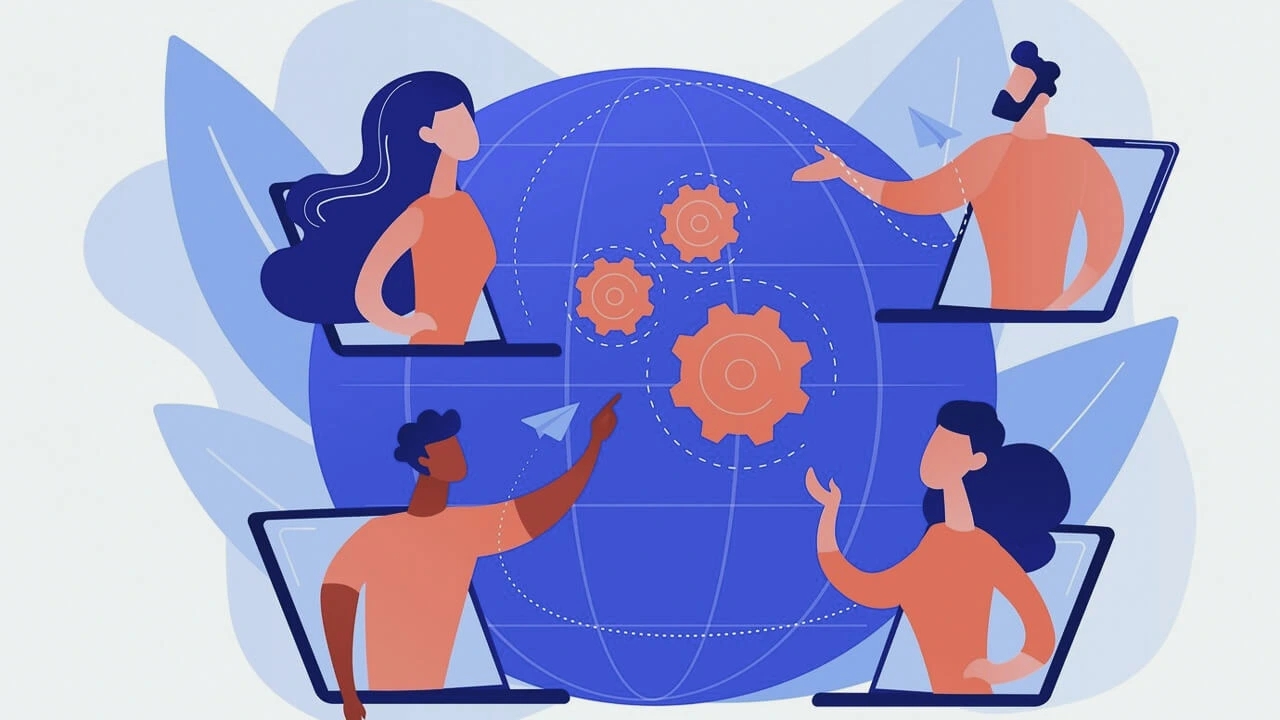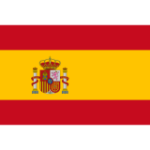
The Challenge
Over 2 billion people worldwide have different types, degrees, or combinations of disability, literacy, digital literacy or aging related barriers that impede or prevent use of ICT. Not long ago you could live without access to ICT quite well. However today access to ICT is required for most education, employment, and commerce, and is increasingly required for travel, health, safety, daily living and participation in most of our society. Yet we currently only reach 3 to 15% of these – in developed countries. We cannot socially, economically or politically afford to have this cumulatively large percentage of our society offline going forward. Yet there is no way to reach them with our current model.
Building GPII – a paradigm shift in eInclusion
The Raising the Floor Consortium tackles the above challenge by leading the creation of a Global Public Inclusive Infrastructure (GPII), a paradigm shift in eInclusion through one-size-fits one digitally inclusive solutions.
With the support of the European Commission FP7, the also Fp7 funded project Cloud4All that ended in October 2015 that was centered in the instant, ubiquitous auto-personalization of interfaces and materials based on user needs and preferences. Prosperity4All is building on the work done by Cloud4All and develop the infrastructure and ecosystem that is necessary for a sustainable Global Public Inclusive Infrastructure.
Prosperity4All
Prosperity4all focuses on developing the infrastructure to allow a new ecosystem to grow; one that is based on self-rewarding collaboration, that can reduce redundant development, lower costs, increase market reach and penetration internationally, and create the robust cross-platform spectrum of mainstream and assistive technology based access solutions required.
This will be done through a process based on true value propositions for all stakeholders and resulting in a system that can profitably serve markets as small as one, at a personally and societally affordable cost.
This infrastructure will use cloud, crowd, game and smart technologies, to bring new players with both low and high technical skills into the development and delivery ecosystem, introduce accessibility as a ubiquitous service, and combine auto-configured access features built into mainstream products with assistive technologies and services to create the rich milieu of options needed to bring this diverse population of populations into our digital future.
Objectives
This inclusive infrastructure will create an ecosystem that can profitably serve markets as small as one, at a personally and societally affordable cost. Prosperity4All aims to:
Reduce Costs
For developers, vendors, service delivery personnel, public access points, consumers, companies, and governments.
Address the full range of users
Including disabilities, literacy, digital literacy, and aging.
Address the tails and the tails of the tails
We can no longer ignore the tails and focus only on serving the larger groups where it is easier, where there is a larger market, or where there is more return on investment. We need some mechanism to shrink the “unprofitable” so that special measures are affordable to reach them.
Address all technologies
All platforms, OSs, devices, systems, ebooks etc that a person encounters, or will encounter in their lives where they have to use them in 5, 10, and 15 years.
Provide a plan/mechanism for creating a vibrant, profitable, assistive‐technology market
Although it would be ideal if all mainstream products could have interfaces that could adapt to the needs of any user, we do not currently know how to do this in any commercially practical fashion, across all disabilities and technologies. We will need AT and will need it for a long time.
Decrease costs and expertise required of mainstream companies
We cannot possibly afford to provide special assistive technologies and interfaces for everyone who has an interface problem, nor do we need to. Modern information and communication technologies have the ability to present flexible interfaces that can adapt to the needs of a wide variety of users. However the expertise to do so is not within all of the company design teams who will be developing these interfaces. And pragmatically it won’t likely ever be. Companies are still struggling with usability for the masses. We need to solve this problem in some other way than expecting mainstream industry to become experts in accessible design for any but very mild.
Do a better job of moving research and development to market
Currently most eInclusion R&D reaches life’s end at project review or publication, and is not making it to market and into the hands of users who need it. There are many reasons. We need to address them. We need to direct research energies better and make it easier to get good ideas out.
Involve consumer and consumer expertise in product development:
This is easy to say but hard to do in commercial development processes. This needs to be easier and more effective.
Be based on realities, business cases, and value propositions
Although equal access to information technologies is rapidly being recognized as essential for equal participation in education, employment, health, and society in general, progress in this area is not likely to occur if there is no business case or value proposition for the players that are expected to carry it out. Any proposed ecosystem for the creation and delivery of such solutions therefore must be based on economic realities, business cases, and hard value propositions for the implementers rather than wishes or aspirations of consumers or bystanders or even policymakers. This goes from development to vendors to clinics to users.
Recruit and engage more and different players
We currently do a poor job of enticing and engaging much of the best scientific and technical talent in our society. To address the challenges being presented by this area we will need to be able to tap the best and brightest, not only in accessibility or inclusion, but the best in other focused scientific and technical (non‐ disability focused) areas as well. Any new ecosystem needs to provide a mechanism to allow people to contribute to this area without dedicating themselves to the area, or even having a deep interest in learning much about the area. We also need to be able to figure out how to engage our clinicians and other service delivery personnel who have deep expertise of a different type, that is equally needed and equally thin in our science and technology oriented research core. We involve them as contributors, but we need mechanisms to allow them to become developers and explorers in their own right.
Not forget documents, media, and services
Information and communication technologies take many forms and all of them must be accessible to individuals with disabilities. Access to an e‐book reader but not the books is not sufficient to allow education. Access to the computers in a company but not to the documents, manuals, and communications is not sufficient to allow employment. Access to the website but not to electronic health records is not sufficient for patients. And lack of access to training materials, legal documents, etc. cannot be replaced with access to a home computer or any tablet application. Any ecosystem needs to support and promote access across all aspects of ICT (devices, software, documents, and media) if it is to support inclusion of these groups in all of these environments.
Provide both technology and human accessibility service support
Any ecosystem must recognize that technology cannot possibly meet all of the accessibility needs of all of these populations today. Particularly where cognitive or complex aging issues are involved, we do not have assistive technologies, or interface techniques, that can make devices and information automatically usable and understandable to all users. Any ecosystem must therefore, be able to seamlessly integrate human and technology based assistance alternatives.
Work across all domains of life
Any ecosystem must also develop solutions that work across all of the domains that we must operate in as a part of daily life. This includes communication and daily living, work and commerce, education and e‐learning, health and safety, mobility and transport, and access everywhere a person goes.
Be applicable, and work internationally
Any ecosystem must be able to create solutions that can be applied internationally. The needs are international, and only through international development can development for all users be affordable. And only through international distribution can the economies of scale be brought to the needs of those on all of the tails of all of the distributions. This means that the ecosystem must support solutions that work across languages, cultures, economies and fiscal systems, and legal systems (e.g. copyright, privacy, entitlement etc.)








